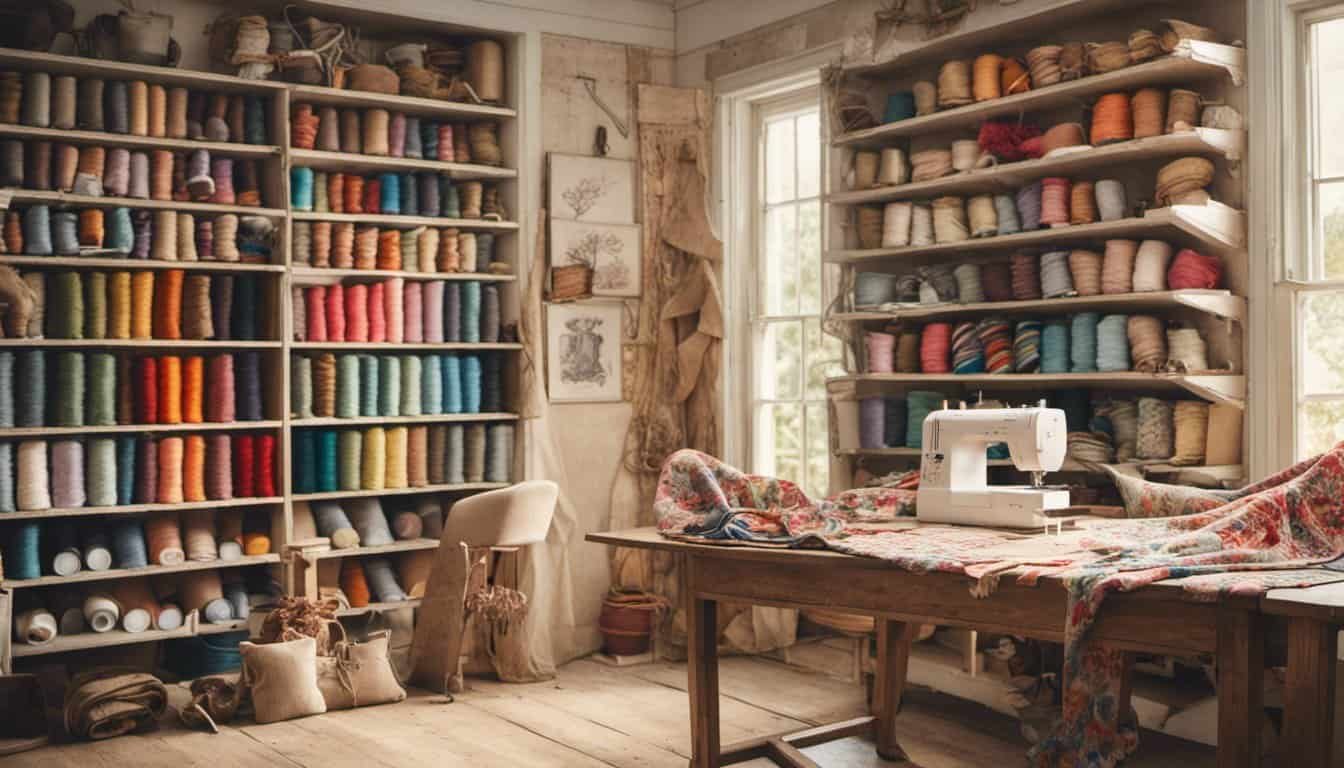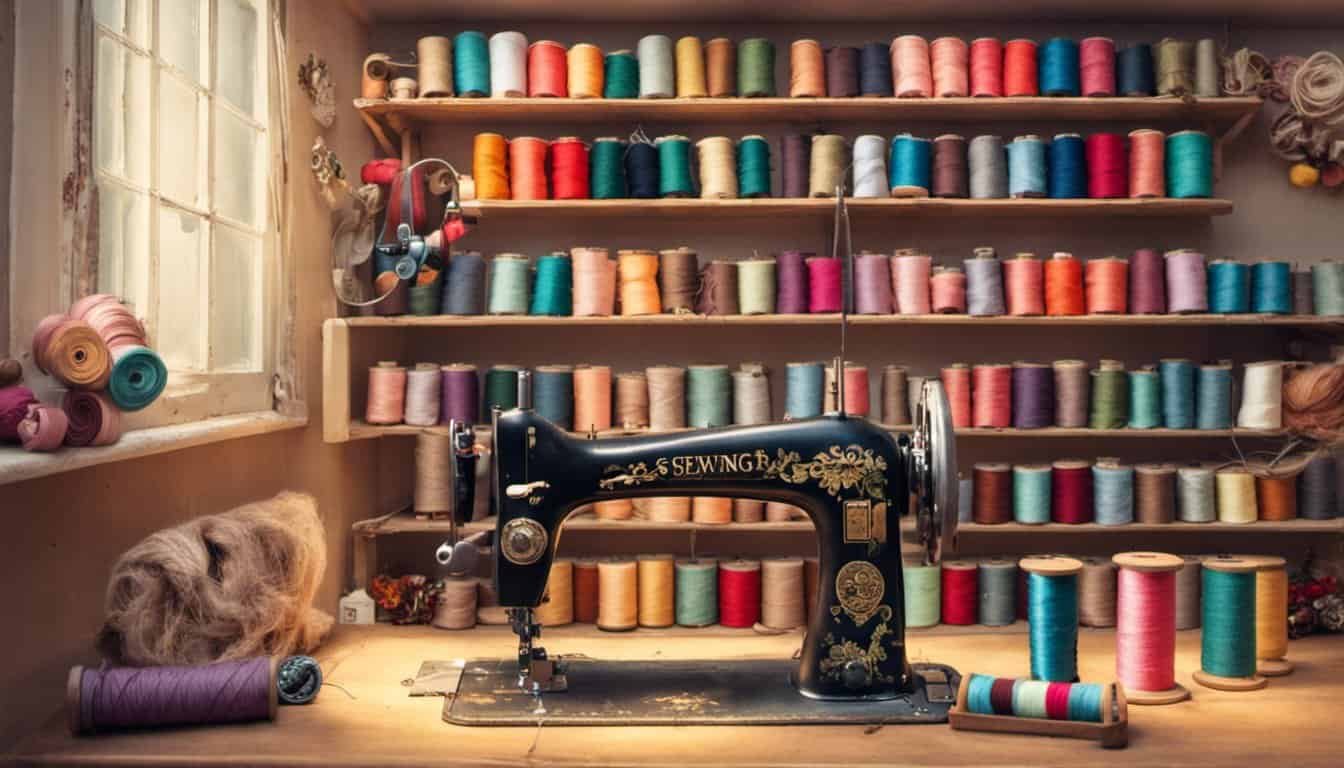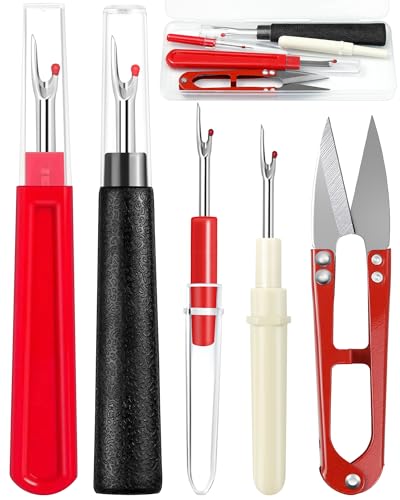Keeping your sewing machine running smoothly doesn’t have to be a chore. With a little regular care, you can extend its life and ensure every stitch is perfect. Whether you’re a seasoned pro or just starting out, maintaining your machine helps prevent hiccups and costly repairs down the line.
In this article, you’ll discover essential cleaning tips that make maintenance simple and effective. From daily upkeep to deeper cleaning routines, these steps will keep your machine in top shape. Let’s dive into easy strategies that let you focus on what you love most—creating beautiful projects without interruption.
Importance of Regular Cleaning
Regular cleaning keeps your sewing machine operating smoothly, reducing performance issues. Dust and lint accumulation can cause jamming, skipped stitches, and motor strain. Maintaining a clean machine extends its lifespan, minimizing the need for costly repairs. Additionally, proper cleaning ensures consistent stitch quality, allowing you to focus on your projects without interruptions.
- Prevents Jamming: Lint buildup in the bobbin area blocks thread flow, leading to jams during operation.
- Enhances Performance: Clean parts move efficiently, reducing motor strain and ensuring smooth stitching.
- Extends Lifespan: Regular care prevents wear and tear, keeping your machine in optimal condition for years.
- Improves Stitch Quality: Removing debris maintains consistent tension and accurate stitch formation.
Preparing Your Sewing Machine for Maintenance
Before diving into cleaning, ensure your sewing machine is ready for maintenance.
Tools You’ll Need
Gather these essential tools to maintain your machine effectively:
- Screwdrivers: Both flathead and Phillips for opening panels.
- Soft Brushes: Small, anti-static brushes to remove lint and dust.
- Vacuum Cleaner: With a narrow nozzle attachment for thorough cleaning.
- Cleaning Cloths: Lint-free cloths for wiping surfaces.
- Lubricating Oil: Specifically designed for sewing machines to keep parts moving smoothly.
- Tweezers: For removing stubborn debris from tight spots.
Safety Precautions
- Unplug the Machine: Disconnect from the power source before starting any maintenance.
- Protect Surfaces: Place the machine on a stable, clean workspace to prevent accidents.
- Handle Parts Carefully: Be gentle with internal components to avoid damage.
- Use Proper Lighting: Ensure your workspace is well-lit to see all areas clearly.
- Wear Gloves if Necessary: Protect your hands when dealing with sharp or small parts.
Step-by-Step Cleaning Guide
Follow these steps to keep your sewing machine running smoothly. Regular maintenance prevents common issues and extends your machine’s lifespan.
Removing Dust and Lint
Use a soft brush to gently sweep away dust from all accessible areas. Pay special attention to the feed dogs, bobbin area, and tension discs. If lint is stubborn, a vacuum with a narrow nozzle can effectively remove it without damaging components.
Cleaning the Bobbin Area
Open the bobbin case and remove any lint or debris using tweezers or a small brush. Wipe the bobbin area with a lint-free cloth dampened with mild soap. Ensure the bobbin is free from residue before reinserting it to maintain smooth stitching.
Wiping Down the Machine Exterior
Use a clean, dry cloth to wipe the exterior of your sewing machine. For tougher spots, lightly dampen the cloth with water or a mild cleaner. Avoid getting moisture into any openings or electrical parts to prevent damage and maintain the machine’s appearance.
Common Maintenance Mistakes to Avoid
- Skipping Regular Cleaning
Skipping regular cleaning allows dust and lint to accumulate, which can cause your machine to jam or skip stitches.
- Using Incorrect Lubricants
Using the wrong type of oil may damage internal components, leading to reduced machine performance.
- Ignoring Manufacturer’s Instructions
Ignoring the manufacturer’s guidelines can void your warranty and result in improper maintenance practices.
- Not Unplugging Before Maintenance
Not unplugging your machine before cleaning or oiling increases the risk of electrical shocks or accidental stitching.
- Over-Tightening Screws
Over-tightening screws can strip threads or damage delicate parts, making repairs more difficult.

- Using Harsh Chemicals
Using harsh chemicals to clean your machine can corrode metal parts and degrade plastics, affecting machine functionality.
- Neglecting to Replace Worn Parts
Neglecting to replace worn or damaged parts can lead to further machine issues and decreased sewing quality.
- Poor Storage Practices
Storing your machine in a dusty or humid environment can accelerate wear and lead to rust or mold buildup.
- Incorrect Thread Tension Settings
Incorrect thread tension settings during maintenance can result in uneven stitches and fabric damage.
- Failing to Test After Maintenance
Failing to test your machine after maintenance may leave unnoticed issues that disrupt your sewing projects.
Tips for Extending Your Sewing Machine’s Lifespan
Perform Regular Maintenance
« What Is a Tailor’s Ham and How to Use It: Secrets Every Seamstress Should Know
Unlock the Secrets: What Is Cotton Fabric and How to Sew It Like a Pro »
Consistently maintaining your sewing machine ensures optimal performance. Schedule maintenance checks every three months to clean internal components and apply fresh lubricating oil. Regular upkeep prevents buildup that can cause mechanical issues and prolongs the machine’s functionality.
Use Quality Materials
Opt for high-quality threads and needles suitable for your projects. Low-quality materials can strain the machine, leading to skipped stitches and motor strain. Selecting the right materials reduces wear and tear, enhancing the machine’s durability.
Avoid Overloading the Machine
Limit the machine’s workload by breaking down large projects into smaller sections. Continuous heavy use can overheat components and accelerate wear. Allow the machine to rest between extensive sewing sessions to maintain its longevity.
Store Properly
Store your sewing machine in a dry, dust-free environment. Use a protective cover to shield it from dust and moisture when not in use. Proper storage prevents rusting of metal parts and minimizes dust accumulation that can hinder machine performance.
Replace Worn Parts Promptly
Monitor and replace parts like needles, hooks, and belts as they show signs of wear. Timely replacements prevent minor issues from escalating into significant malfunctions. Keeping parts in good condition ensures smooth operation and extends the machine’s lifespan.

Operate on a Stable Surface
Place your sewing machine on a sturdy, level table to avoid vibrations and movement during use. A stable setup reduces strain on internal components and maintains consistent stitching quality. Ensuring a solid base protects the machine from unnecessary stress.
Keep the Machine Dry
Avoid exposing your sewing machine to liquids or high humidity. Moisture can damage electrical components and cause rust. Clean spills immediately and ensure the machine is fully dry before plugging it back in to prevent electrical issues.
Follow Manufacturer Guidelines
Adhere to the manufacturer’s instructions for usage and maintenance. Guidelines provide specific care routines tailored to your machine model, ensuring you perform the correct maintenance tasks. Following these recommendations maintains warranty coverage and optimal machine performance.
Limit DIY Repairs
Refrain from performing complex repairs yourself unless you are trained. Attempting unauthorized fixes can cause further damage and void warranties. Consult a professional technician for significant issues to maintain your machine’s integrity and functionality.
Keep It Covered During Use
When not actively sewing, keep the machine covered to protect it from accidental spills and debris. A cover maintains cleanliness and prevents foreign objects from entering the machine’s mechanisms. This simple step safeguards your machine during storage and intermittent use.

Monitor Tension Settings
Regularly check and adjust thread tension settings to match your project requirements. Proper tension reduces strain on the machine’s motor and prevents fabric puckering or skipped stitches. Maintaining correct tension contributes to consistent performance and longevity.
Use the Correct Foot for Projects
Select the appropriate presser foot for each type of fabric and stitch. Using the wrong foot can cause mechanical strain and inaccurate stitching. Ensuring the right tool for each task enhances efficiency and minimizes wear on machine components.
Maintain Proper Lighting
Ensure your sewing area is well-lit to facilitate accurate stitching and reduce mistakes. Good lighting prevents unnecessary strain on the machine as you work, allowing for smoother operation and prolonged machine health.
Keep the Area Clean
Maintain a tidy sewing workspace to avoid accidental spills and debris accumulation around the machine. A clean environment minimizes the risk of foreign objects entering the machine, ensuring uninterrupted use and reducing maintenance needs.
Regularly Test the Machine
After maintenance or at regular intervals, test the machine using scrap fabric to ensure all functions operate correctly. Regular testing identifies potential issues early, allowing for prompt addressing before they escalate into major problems.

Maintenance Schedule Example
| Maintenance Task | Frequency |
|---|---|
| Clean internal components | Every 3 months |
| Replace needles | After 10 hours of use |
| Apply lubricating oil | Every 6 months |
| Inspect belts and hooks | Every 2 months |
| Professional servicing | Annually |
Implementing these tips helps maintain your sewing machine’s performance, ensuring it serves you effectively for years to come.
Conclusion
Taking the time to keep your sewing machine clean pays off big time. You’ll enjoy smoother operations and fewer hiccups during your projects. Plus your machine will last longer and stay in great shape.
Regular upkeep lets you focus on what you love sewing without worrying about unexpected issues. So make maintenance a part of your routine and keep creating beautiful pieces effortlessly.

















